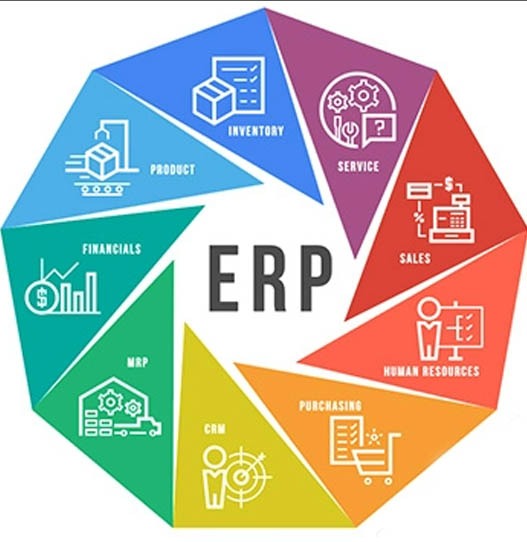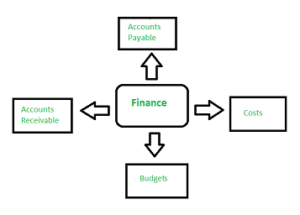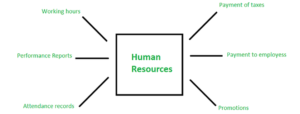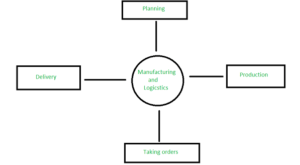
Mar 21, 2022
0 Comment by ViewersERP, An Enterprise is a gathering that has specific assets as its control to accomplish its objective. It goes about as solitary components. This single element is not quite the same as the conventional methodology. Integrated software incorporates numerous small modules to turn into a major organization. These small modules are supposed to be parts of ERP. It can oversee many fields like finances, manufacturing, clients, projects, and some more. With ERP systems, we can adjust to changes prompting an improved and productive working of organizations. so there are few ERP Components. and we are going to talk about it today.
The Five Main Components of the ERP system are as follows:
1. Finance:
Keeps track of the entirety of your financial data including Accounts receivable, Accounts payable, General ledger, expenses, budgets, and forecasts. It assists with tracking income, lowering costs, increment benefits, and ensuring that every one of the bills is paid on schedule. The developing intricacy of the business makes significant the need to have a solitary framework to deal with the entirety of the financial exchanges and representing numerous specialty units or product offerings.

Finance Component
2. Human Resources (HR):
Software that takes care of all private-related errands for supervisors and employees. Employees assume a vital part in any organization, without them business wouldn’t exist. This part is liable for automated installments to employees, installment of expenses, creating execution reports, participation following, advancements, choosing working hours, and occasion hours of the staff.

Human Resources(HR)
3. Manufacturing and logistics:
Collectively of candidates for arranging, creating, taking requests, and conveying the items to the clients. It gives you a perspective on the requested and accomplished levels which are vital to check regardless of whether you are accomplishing your objectives. It gives all the stock rundown and creation plans gainful for the business. It incorporates Production arranging, requests section, handling additionally the stockroom the executives.

Manufacturing and logistics
4. Supply Chain Management (SCM):
An inventory network the board is an organization of offices that play out the acquisition of the materials and change of these materials into middle and finished items and dispersion of these items to the clients. Arranging, Manufacturing, Marketing, Distribution, and buying organizations through a production network work autonomously. These organizations have their objectives and goals.

Supply Chain Management (SCM)
5. Customer Relationship Management (CRM):
This part collaborates with the clients utilizing data examination to concentrate on a lot of data. They focus on the crowd and see what they want. The part assembles client data from different channels. Thus, CRM stores point-by-point data on in general buy history, individual information, and in any event, buying ways of behaving. The advantage it gains is by keeping track of the client’s purchaser history and proposing extra buys.info and even purchasing behavior patterns. The benefit it gains is by keeping track of the customer’s buyer history and suggesting additional purchases.

Customer Relationship Management (CRM)